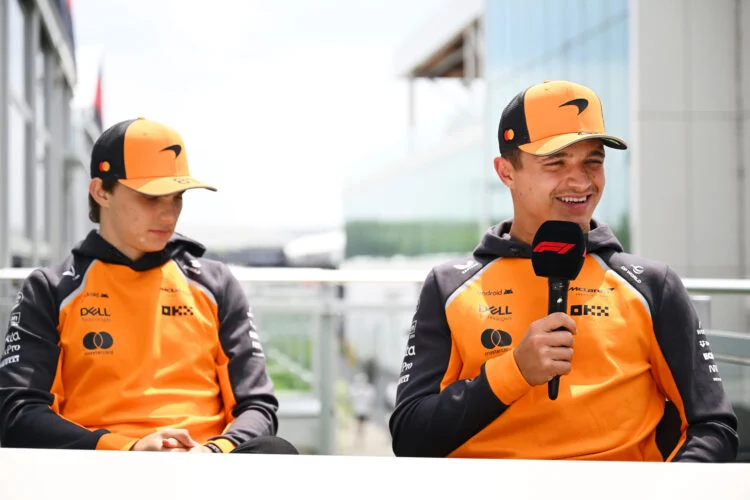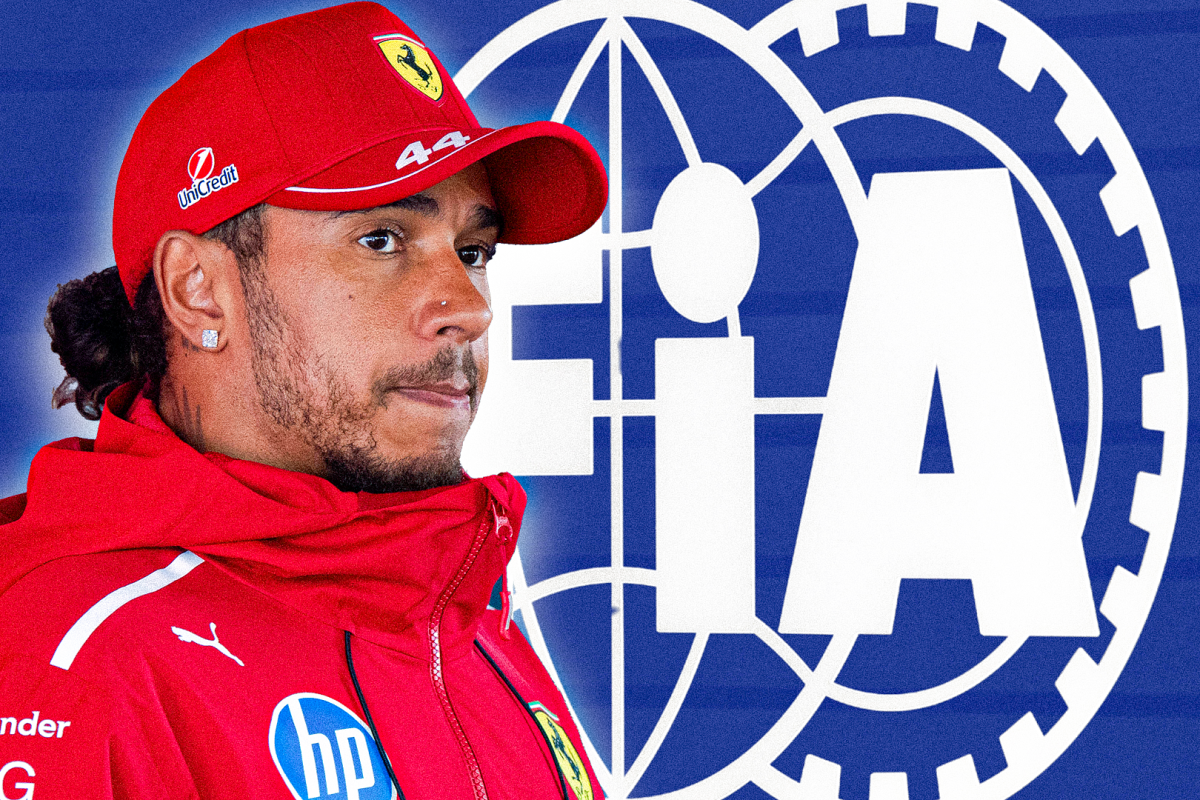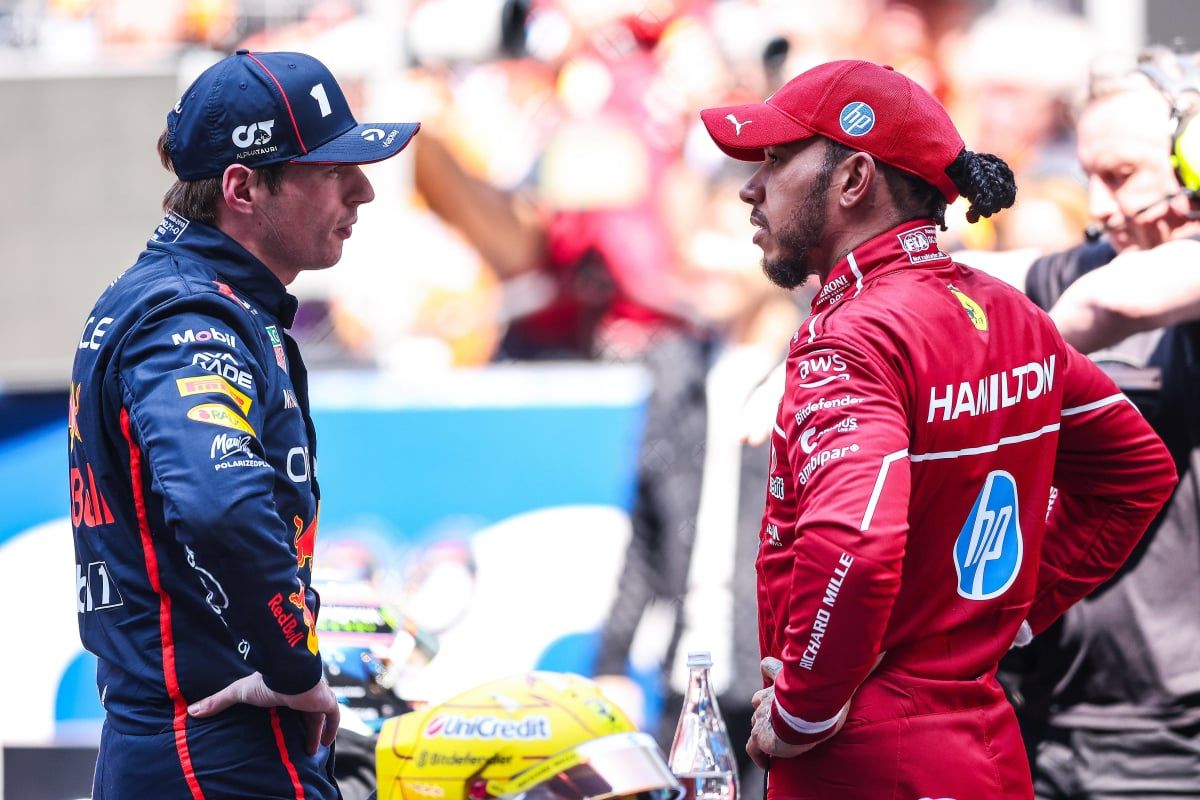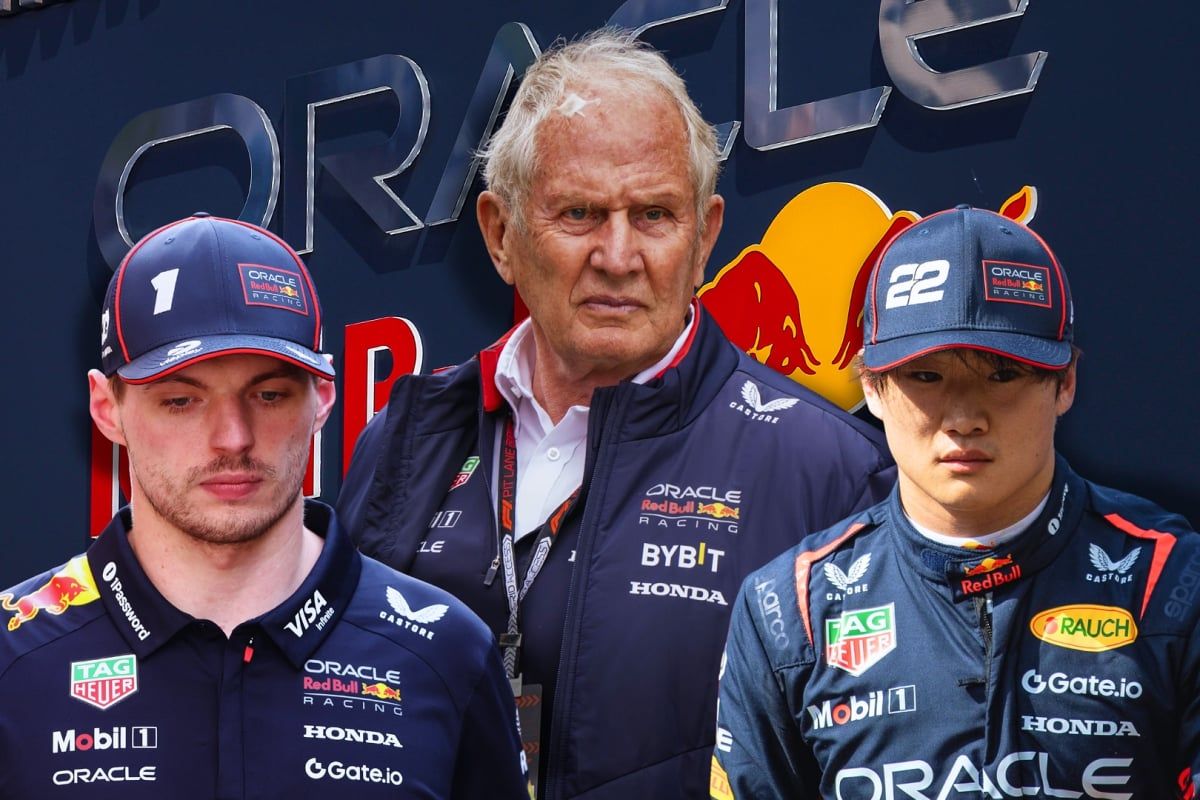McLaren’s Strategic Shift Sparks Friction Between Norris and Piastri: A Developing T…read more
McLaren’s recent strategic decisions regarding car development and race strategy have ignited a simmering tension between its two drivers, Lando Norris and Oscar Piastri, revealing a subtle yet potentially significant crack in the team’s carefully cultivated harmony. While McLaren publicly maintains a united front, whispers of discontent have begun to surface, hinting at a growing divergence in priorities and approaches between the experienced Norris and the burgeoning Piastri. The primary catalyst for this burgeoning unrest appears to be McLaren’s allocation of resources and the perceived prioritization of one driver over the other, a delicate balance crucial in fostering a collaborative, competitive environment within a Formula 1 team.
The specifics of McLaren’s strategic choices remain largely undisclosed, shrouded in the cloak of competitive secrecy that permeates the sport. However, anecdotal evidence suggests a shift in developmental focus towards Piastri’s car setup. This isn’t necessarily an explicit favoritism, but rather a reflection of McLaren’s attempt to optimize its performance across both drivers. Piastri, a rookie, is arguably in a steeper learning curve, and adjusting the car to better suit his driving style could theoretically yield faster improvements in his race pace and consistency. This, however, inadvertently places Norris, a veteran driver who has consistently delivered strong performances for McLaren, at a disadvantage. The subtle yet tangible difference in car setups – even seemingly minor adjustments – can significantly impact a driver’s performance, especially at the razor-thin margins of Formula 1.
The perceived disparity in McLaren’s approach is amplified by the team’s communications strategy. While McLaren vehemently denies any preferential treatment, the lack of transparency surrounding their car development choices has fueled speculation and amplified the sense of unease. The team’s insistence on a unified front, while understandable from a public relations perspective, may inadvertently exacerbate the underlying tensions by failing to address the drivers’ concerns directly and openly. In a sport where trust and open communication are paramount, a perceived lack of transparency can quickly erode the collaborative spirit essential for success.
Adding fuel to the fire is the increasingly competitive nature of the midfield battle. Several teams are locked in a tight fight for points, and even minor gains can significantly impact championship standings. In this highly pressured environment, McLaren’s decision-making is subject to intense scrutiny, not only from the media but also from within the team itself. Norris, established as a key player and a cornerstone of McLaren’s ambitions, might understandably feel frustrated if he perceives his development is being neglected in favor of his younger teammate. His experience and consistent performance warrant a substantial investment in car development tailored to his driving style, and any perceived deviation from this expectation could generate resentment.
Piastri, meanwhile, faces his own unique pressures. He carries the weight of high expectations as a highly-rated rookie, added to the pressure of being partnered with a seasoned and exceptionally skilled driver like Norris. While benefiting from McLaren’s focus on optimizing his car, he also needs to prove himself worthy of the investment and demonstrate that his performance justifies the team’s strategic shift. The increased attention and resources directed toward his car inevitably place him under the spotlight, demanding consistent and improved results to justify the team’s faith.
The situation presents a delicate balancing act for McLaren. Nurturing the development of Piastri without alienating Norris requires nuanced and carefully considered management. Open communication, transparency in decision-making, and clear articulation of the strategic rationale behind resource allocation are crucial to mitigate potential conflicts and maintain a cohesive team spirit. Failure to address the underlying tensions could lead to a fracturing of the driver partnership, ultimately undermining McLaren’s overall performance and potentially jeopardizing their season goals. The coming races will be pivotal in observing how McLaren navigates this challenge and whether they can successfully manage the delicate balance between nurturing both drivers’ ambitions while preserving the team’s unity and competitiveness. The “bit of unrest” is a clear warning sign, requiring proactive intervention and a shift towards a more equitable and transparent approach to team management.




